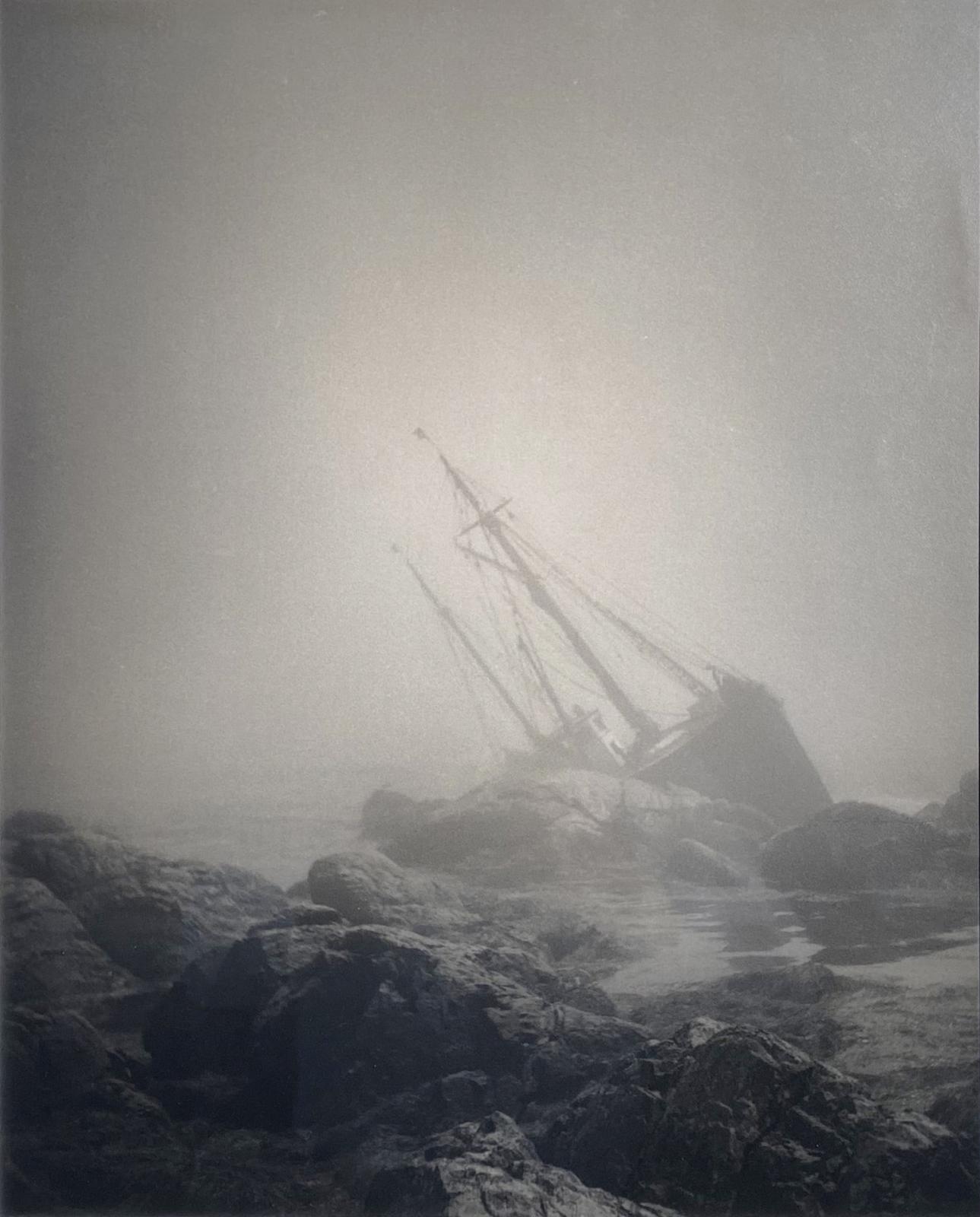artist
Born in Washington DC in 1897, Eleanor Parke Custis is a direct descent of Martha Washington. From 1915-1925 she trained under Edmund C. Tarbell at the Corcoran School of Art. She also studied with Henry Snell during the summers of 1924 and 1925 in Boothbay Harbor, Maine. Such extensive training culminated in a solo exhibition in 1925 at the Washington Art Club. From 1926-1929, she extensively traveled doing watercolors in France, Holland, Italy and Switzerland. In 1933 she visited Cairo and in 1937 and 1938 she was in Central and South America. By the mid-thirties, her interest in painting waned as her passion of photography intensified, and in 1935 she wrote and illustrated a book, "Composition and Pictures." By the mid-forties, she was entrenched in photography and was given a solo exhibition in 1946 at the Brooklyn Institute. She began spending more time at her beloved summer residence in Gloucester and in 1960 she moved there permanently from her home in Georgetown.
Description
Fog captures a haunting scene, a wrecked ship listing in the surf just off a rocky shore. The entire image is suffused with a soft, enveloping haze, the fog obscuring sharp detail and lending the composition a dreamlike stillness. This atmospheric softness is not merely a backdrop but a central character, dissolving the boundary between sea and sky and creating a sense of suspended time.
In the foreground, jagged rocks assert themselves with quiet solidity, their angled forms echoed by the tilted masts of the ship beyond. Stripped of sails and leaning heavily to one side, the ship appears both vulnerable and strangely graceful, its skeletal rigging mirroring the rough geometry of the land. The visual rhyme between the masts and the rocks ties the scene together, uniting natural force and human fragility in a single gesture.
True to Custis’s Pictorialist sensibility, the image is more than a document of wreckage, it’s a meditation on impermanence and the quiet power of nature. The fog softens the tragedy, turning it into something contemplative rather than catastrophic.







